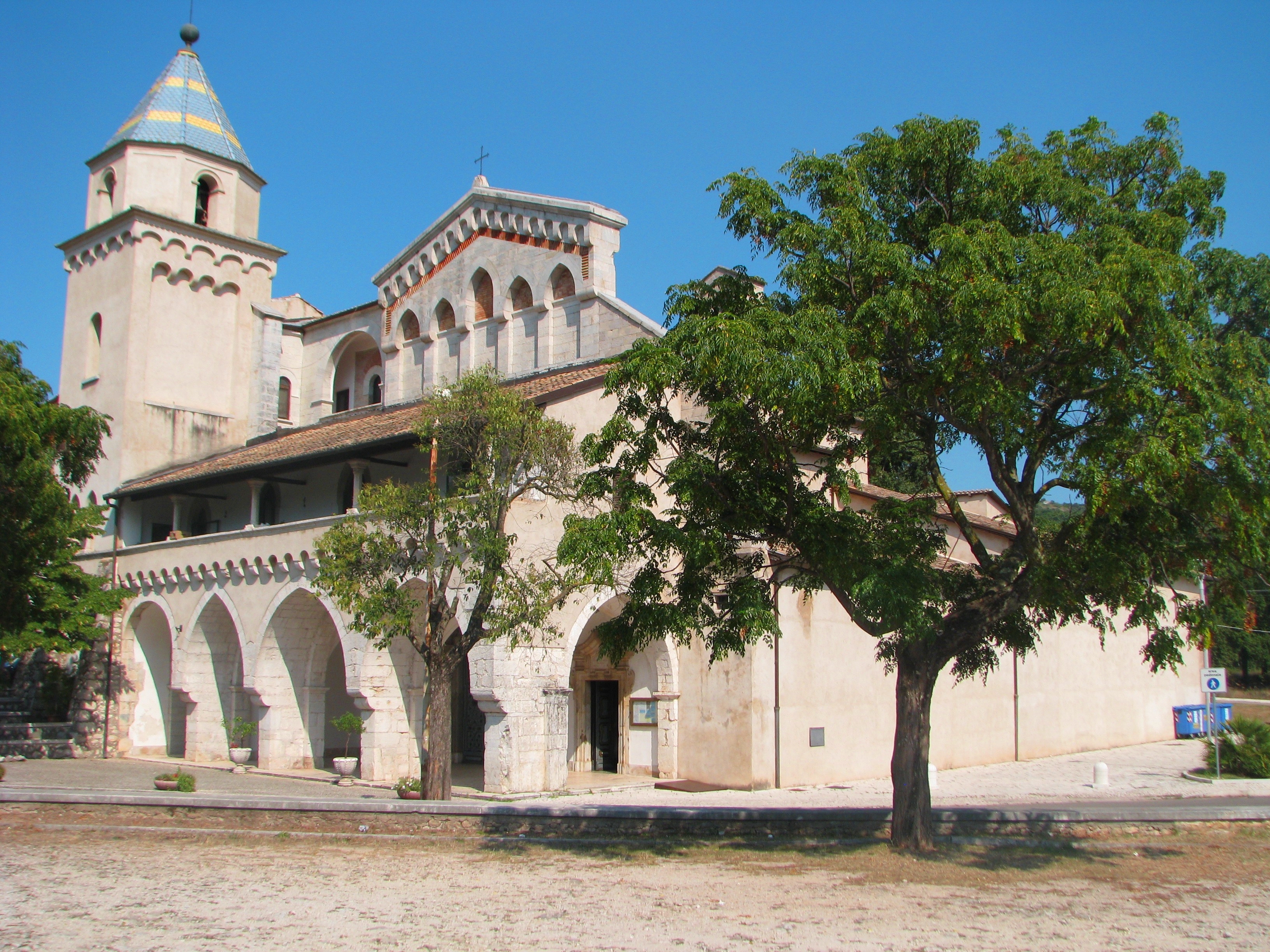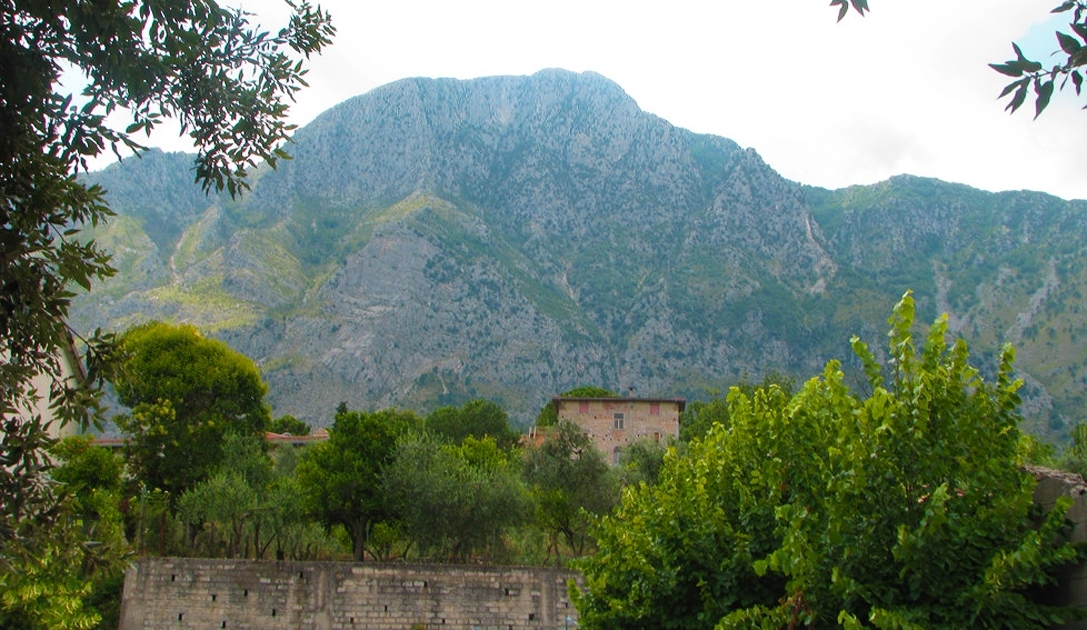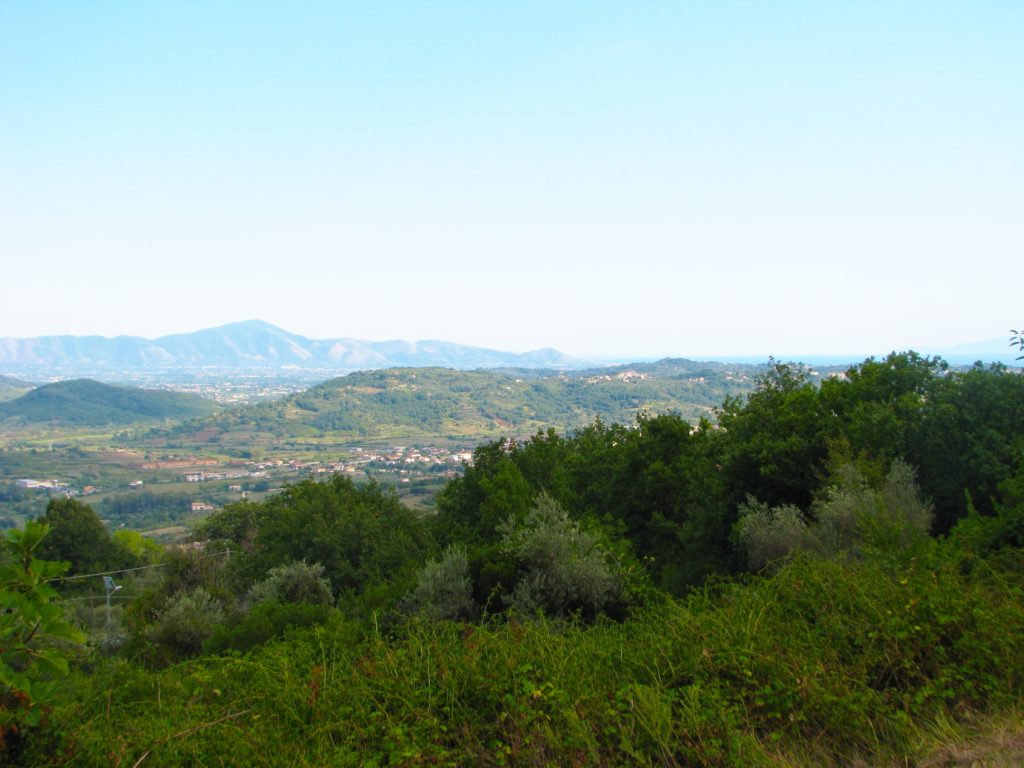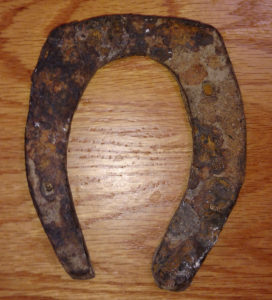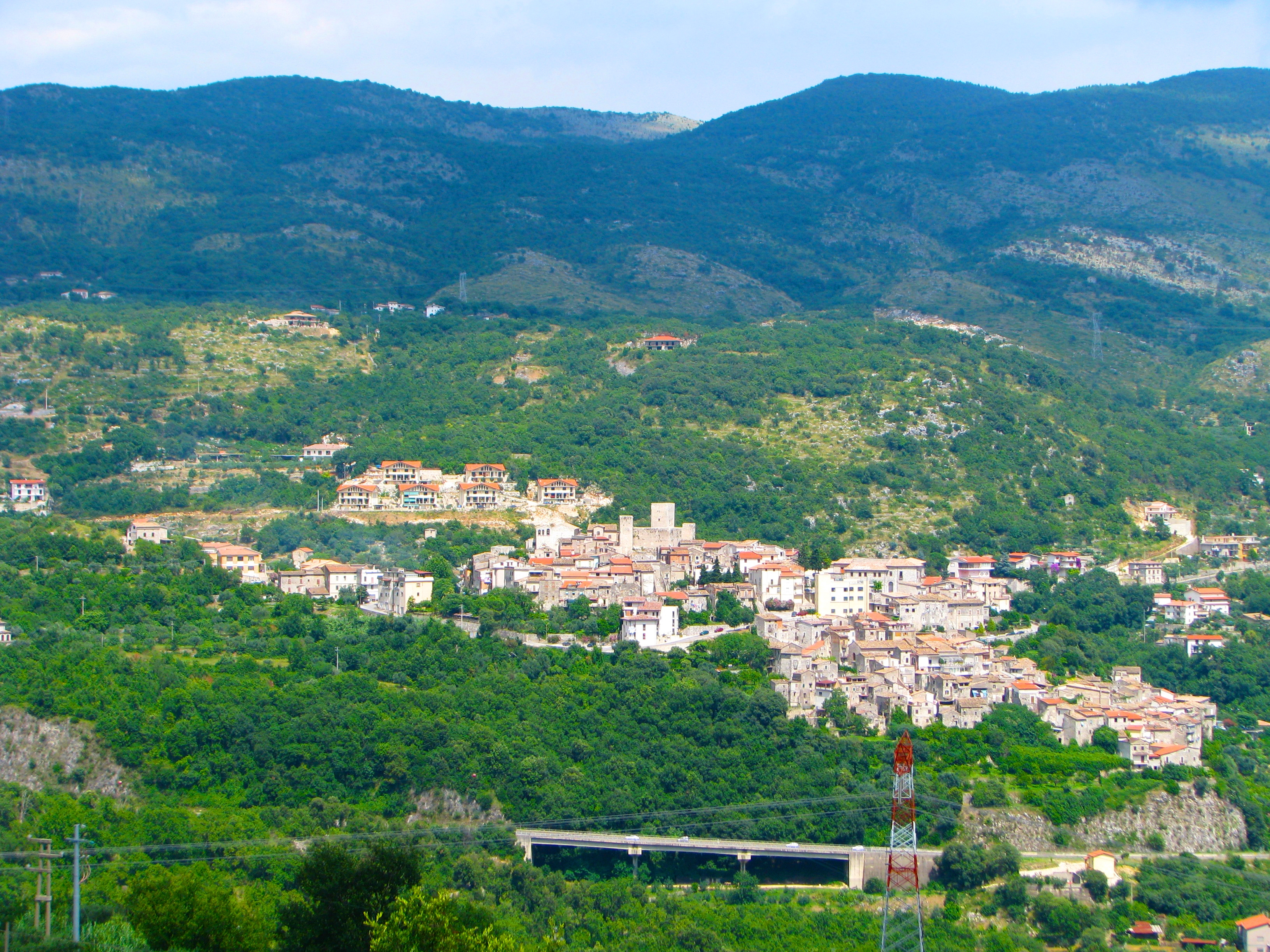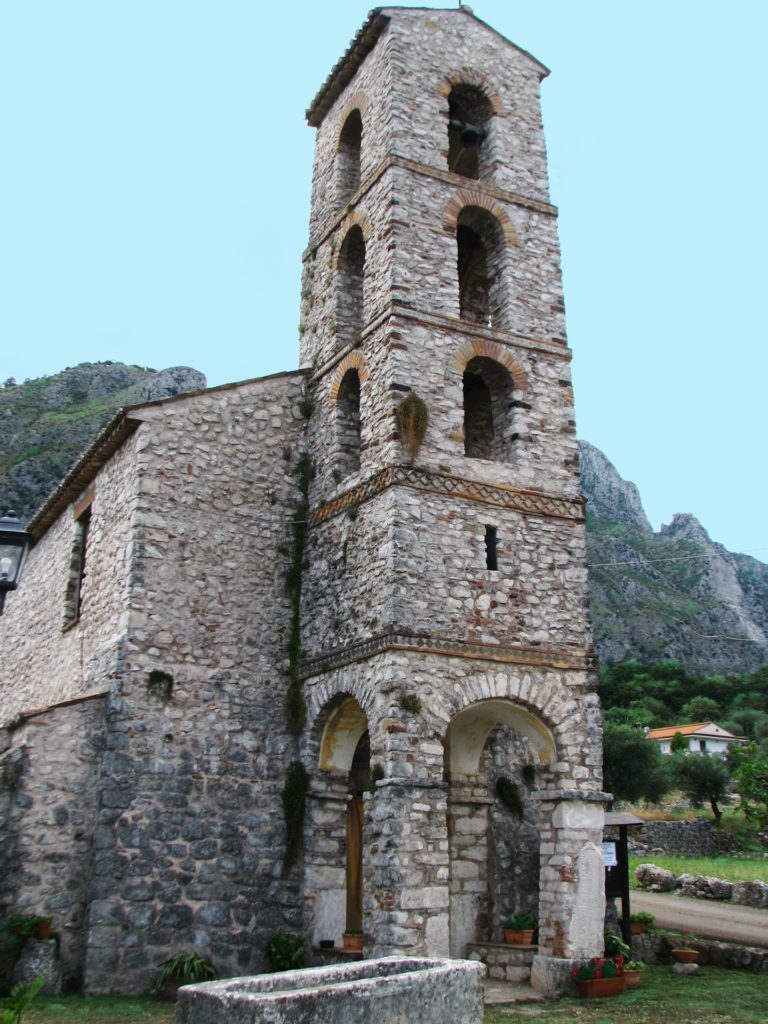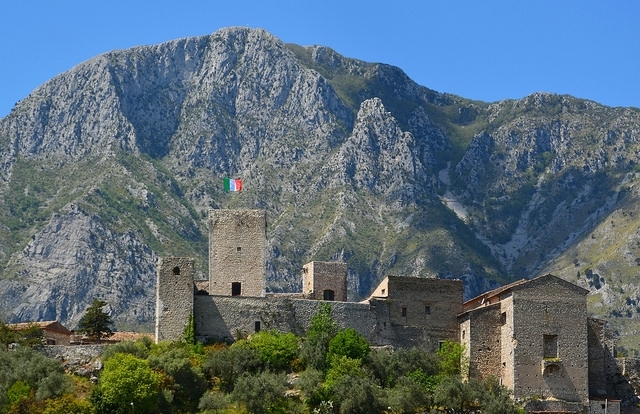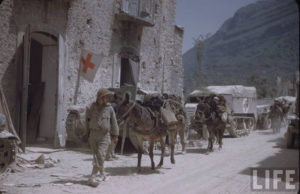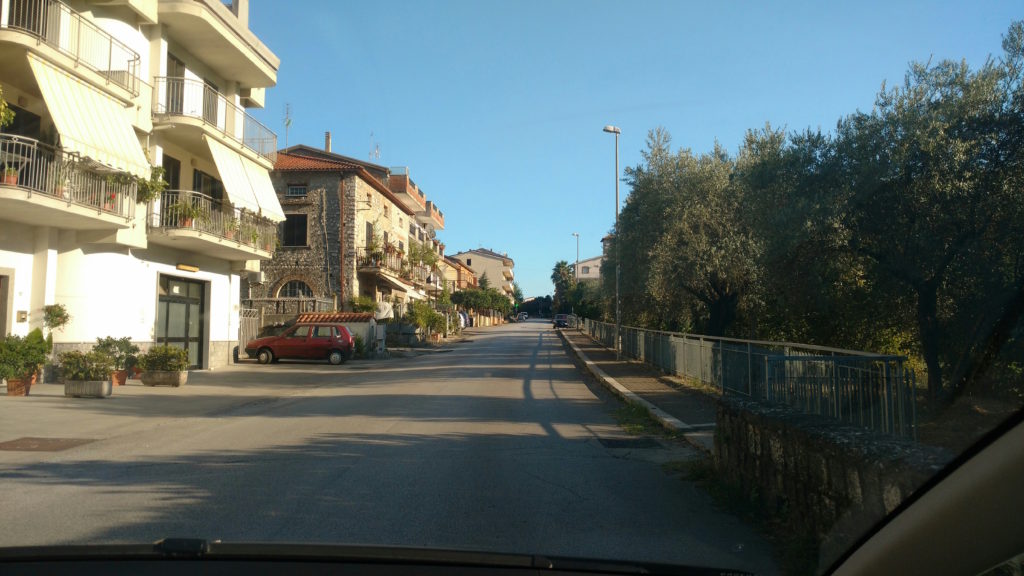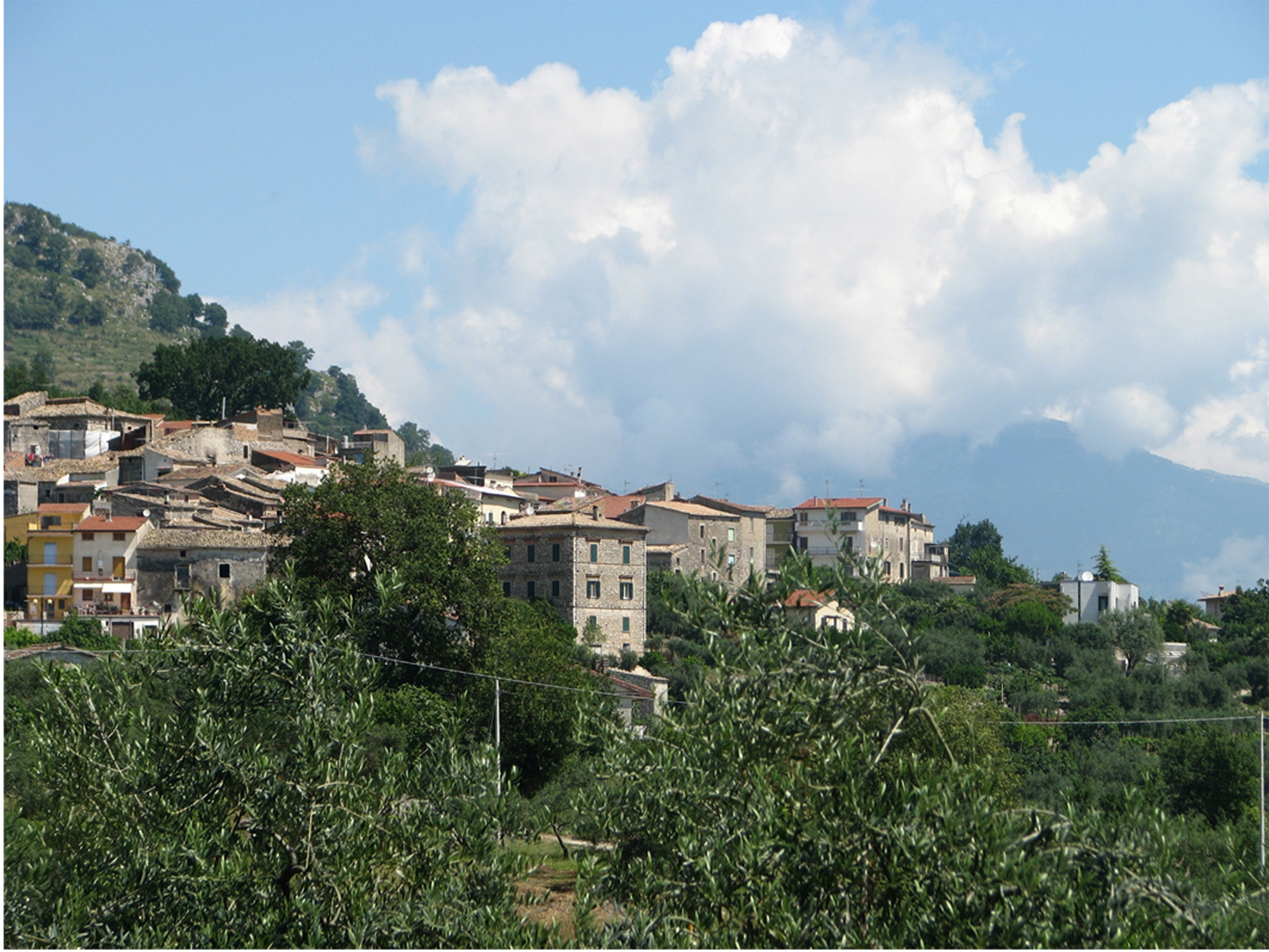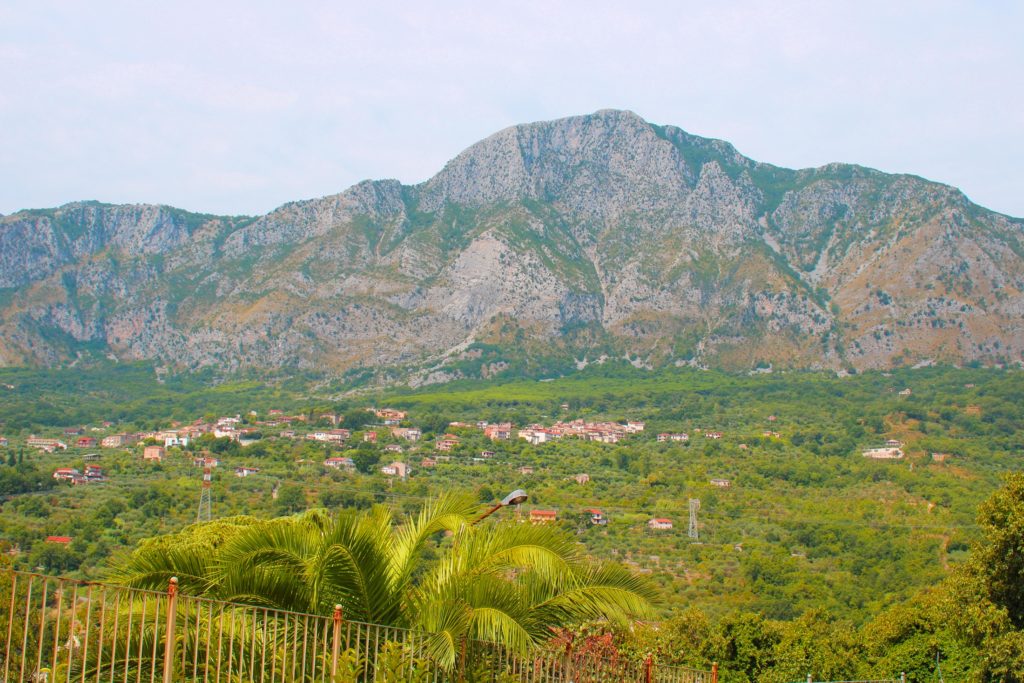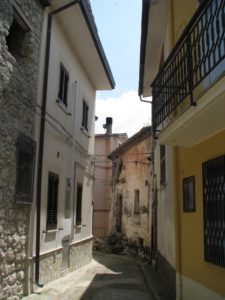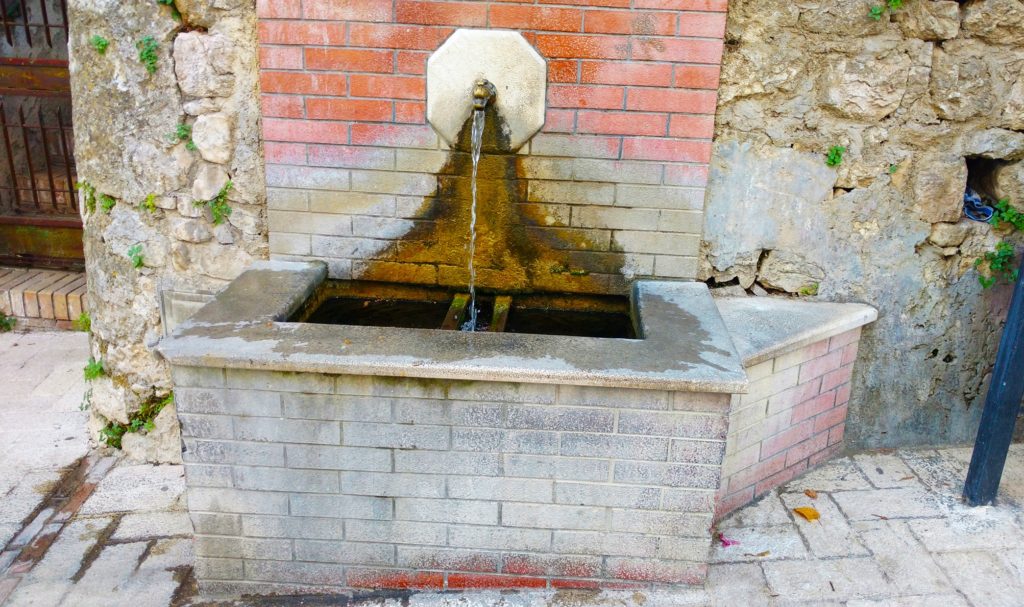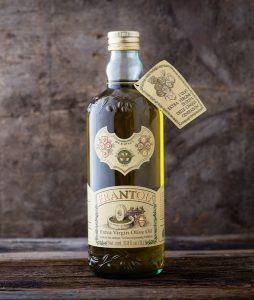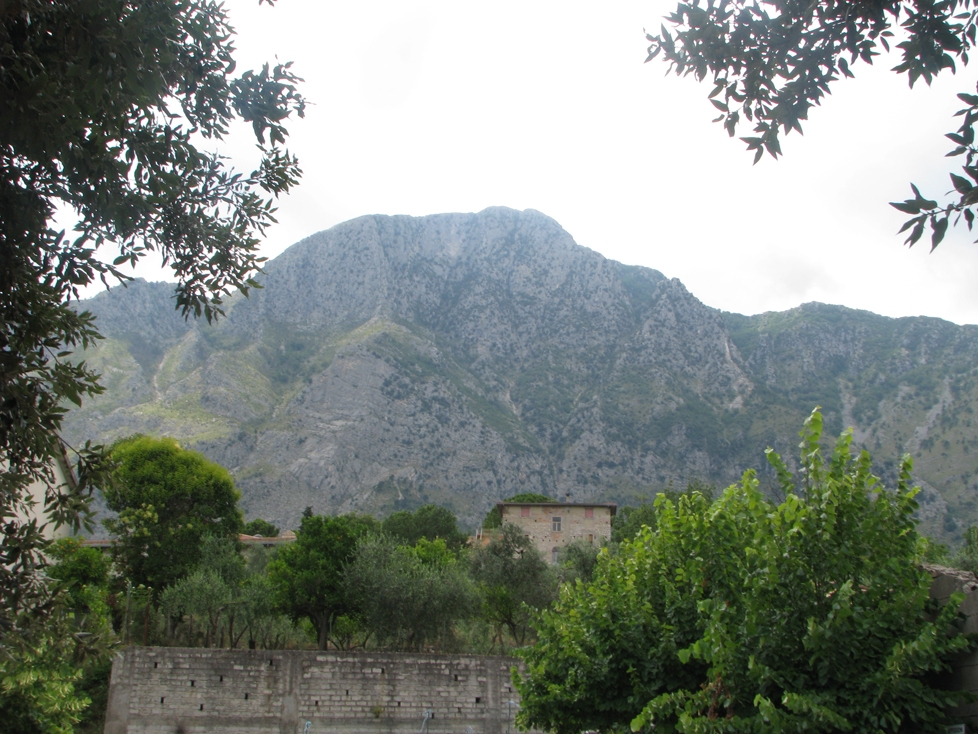The Sanctuary of the Madonna del Piano (Madonna of the Plain) is a Roman Catholic Church in the town of Ausonia in the Province of Frosinone built during the 15th century in place of the original structure that existed here.
According to one legend, San Giorgio slayed a dragon in this very spot, but the most widely accepted story about why this church was built here dates back to the 12th century. According to tradition, there used to be a small lake here where the locals would throw babies that were born deformed. One day a young shepherd girl named Remingarda was walking nearby and the Virgin Mary appeared to her and asked her to tell the people to stop this practice and instead build an orphanage as penance for what they had been doing. When the townspeople went to the site where the girl said she had the vision, they were instructed on how to build the orphanage by ants that appeared and began to draw an image on the site.
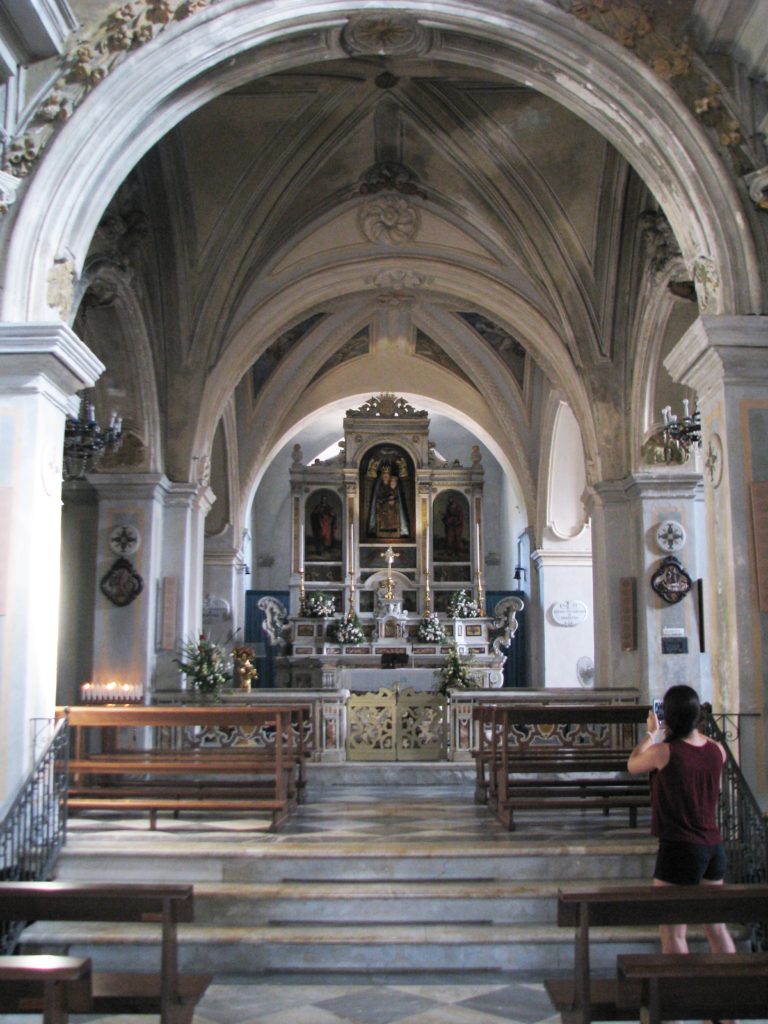
The altar of the Sanctuary of the Madonna del Piano

